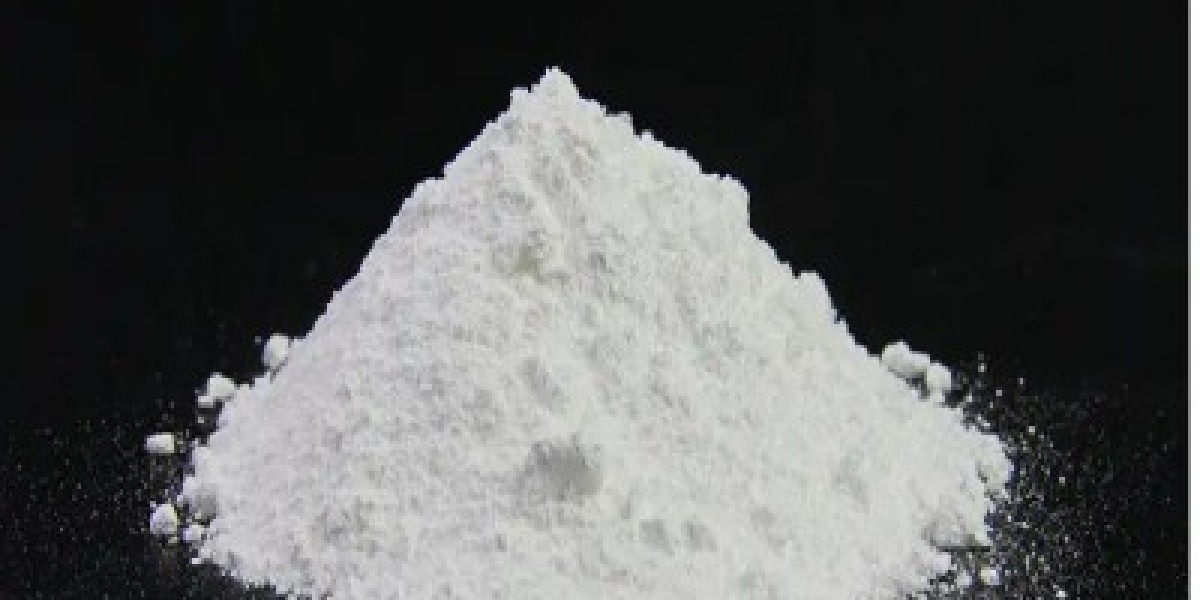The Asia-Pacific region plays a crucial role in the growth of the global chemical industry, emerging as one of the fastest-growing and most significant markets. Here are the key factors and contributions of the Asia-Pacific region to the global chemical industry:
1. Dominant Market Share
The Asia-Pacific region accounts for over 60% of the global chemical market. In 2022, chemical consumption in Asia-Pacific reached approximately €3.46 trillion, with China alone contributing around €2.4 trillion. This dominant market share is driven by rapid industrialization, urbanization, and increasing domestic demand for chemicals across various sectors.
2. Key Drivers of Growth
- Rapid Industrialization: Countries like China, India, and South Korea have strong industrial bases and are investing heavily in infrastructure and manufacturing. This drives demand for chemicals in sectors such as automotive, construction, electronics, and healthcare.
- Increasing Domestic Demand: The growing population and improving living standards in the region boost the need for consumer goods, leading to higher chemical consumption.
- Technological Advancements: The adoption of advanced technologies like artificial intelligence, automation, and green chemistry is enhancing operational efficiencies and driving innovation.
3. Government Support and Policies
Governments in the Asia-Pacific region are implementing policies to promote sustainable chemical production and reduce environmental impact. For example, Japan has tightened regulations on hazardous waste management, encouraging companies to adopt cleaner technologies. Additionally, initiatives like the APEC Chemical Dialogue aim to facilitate trade and regulatory cooperation, ensuring high standards of chemical management.
4. Leading Countries
- China: The largest chemical producer in the region, China leads with its vast industrial infrastructure and strategic investments in research and development. It is also a major exporter of chemicals globally.
- India: India’s fast-growing industrial sector and increasing demand for specialty chemicals make it a key contributor to the region’s chemical industry.
- Japan and South Korea: These countries focus on innovation and high-value specialty chemicals, maintaining their competitiveness in the global market.
5. Environmental and Sustainability Focus
The Asia-Pacific region is increasingly prioritizing sustainability in chemical production. Initiatives like the APEC Chemical Dialogue’s Strategic Framework (2024-2027) emphasize the role of the chemical industry in providing innovative solutions for sustainable economic, environmental, and social development. This includes efforts to reduce the ecological impact of chemical production and promote the safe use of chemical products.
6. Future Outlook
By 2025, the Asia-Pacific region is expected to continue its strong growth trajectory, driven by increasing consumer demand, supportive government policies, and investments in infrastructure. The region’s chemical industry will also play a critical role in addressing global sustainability challenges through innovation and the adoption of green chemistry practices.
In summary, the Asia-Pacific region’s significant market share, rapid industrialization, technological advancements, and focus on sustainability make it a key driver of the global chemical industry’s growth.

